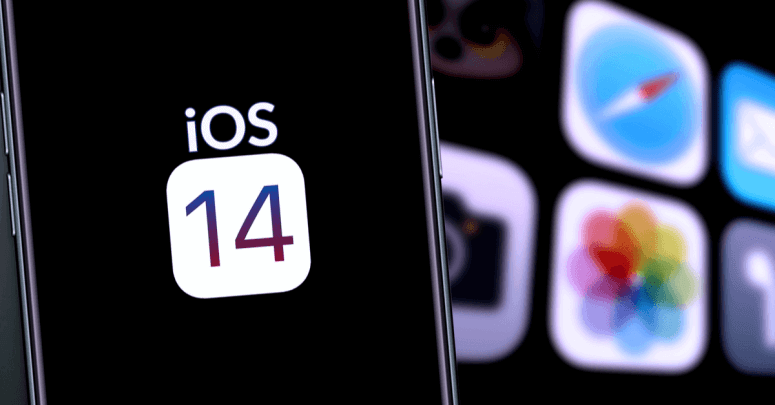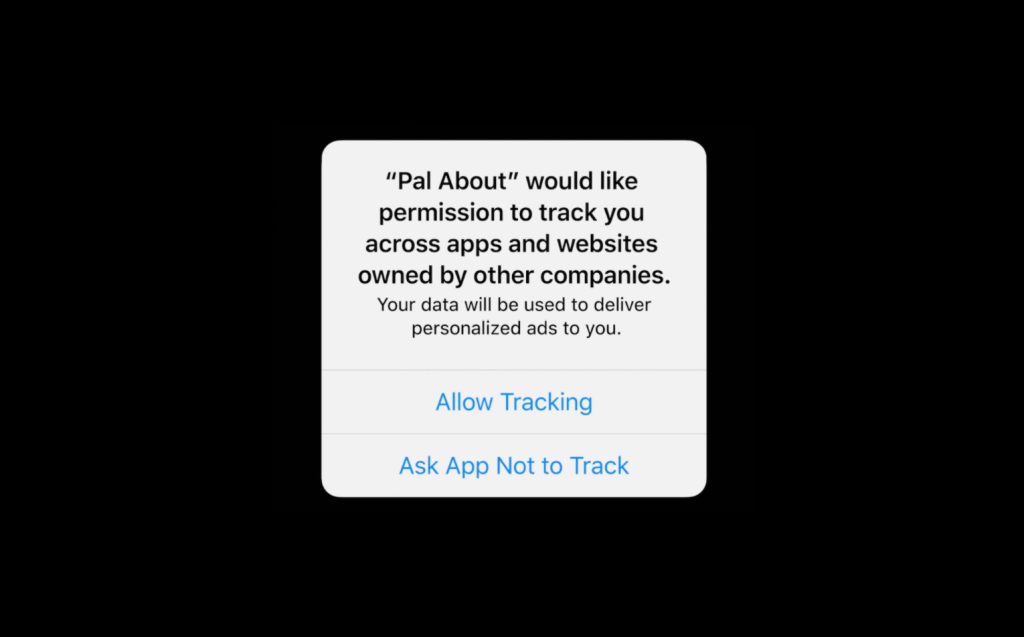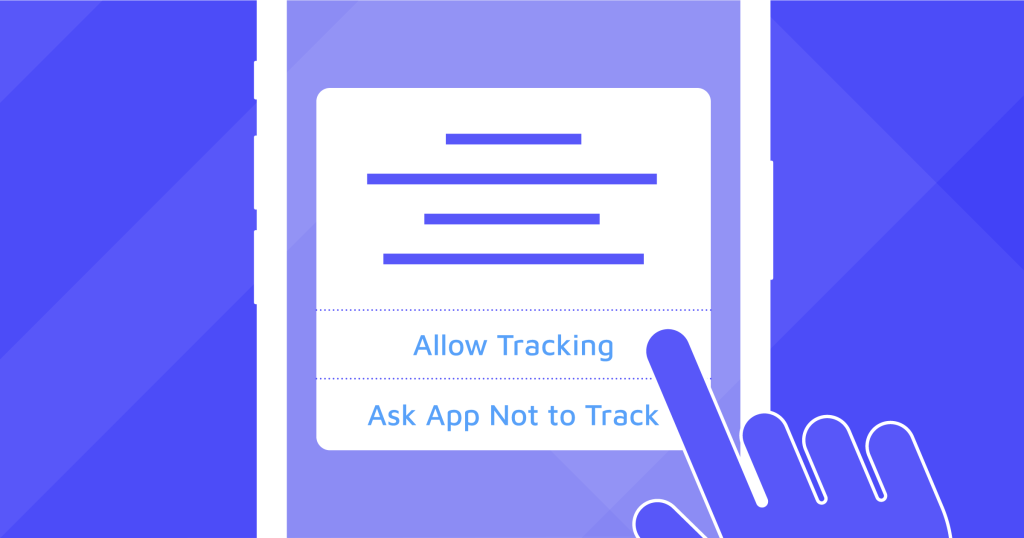Recently, Apple announced that they’re throwing a ton of new features into iOS 14, and we expect a lot of them to cause significant changes in the mobile advertising industry. This post aims to share some of the key insights from our research into the impact of iOS 14 on the mobile advertising industry.
Table of contents
Apple has released a slew of privacy announcements the past month, with substantial implications for app developers that will affect the entire mobile advertising industry.
One of the most important features is improved privacy. But is it a good thing? It depends on who you ask.
The impact of WWDC 2020 event

The privacy changes announced at WWDC 2020 are by far the most important news in the mobile advertising industry. These changes in the privacy landscape of iOS will have far-reaching consequences, and they will do a great job of solving problems with the user experience (while ad blockers kill them if they don’t).
Eric Seufert delves deep into the question of how iOS 14 will reshape the future of mobile marketing. In this post, we will explain what you need to know and how you can adapt to see what future mobile advertising might look like.
Will iOS 14 bring a new privacy standard?
The IDFA opt-in functionality in iOS 14 represents a significant change in the mobile advertising scene for the next generation of mobile marketing.
Whether or not IDFA is eventually eliminated, mobile advertising will need to adapt, and this will require a fundamental change in the way iOS targets are addressed in mobile marketing. The introduction of ad blockades should be seen as a positive change for the mobile industry, but it is also a step toward building a context-based advertising approach.
As app developers face declining ad revenues and the new trends that ios 14 ad blocking will entail, we can expect a shift to a paid model.

While publishers are the first to feel the impact of ad blockades on their mobile marketing strategy, app developers should tailor their marketing strategies to the changes that iOS 14 will bring, and this attitude could have a significant impact on the future of mobile advertising in the mobile market. If you run a mobile advertising blog, it may get a little more difficult to survive the iOS 14 advertising impact and retain the same level of revenue.
The big question now is how advertisers can prepare for this and make the transition to a paid model for mobile advertising on iOS 14 and beyond.
The main questions are:
- How can marketers and advertisers prepare for the changes in the mobile advertising market and its future?
- How can advertisers start preparing for an ad-free content on Apple’s mobile platform?
- And finally, how will the status quo change in the mobile ad market, and where will it lead?
How does it work?

At Apple’s WWDC event, it was announced that iOS 14 would behave in the same way as iOS 11 and iOS 12. Apple announced a new rule requiring apps on Apple devices to obtain explicit user consent before using the device ID to track and associate. This requires apps to ask users for permission before tracking them with an advertiser’s app identifier, known as IDFA.
Moreover, Apple said it would allow users to disclose their approximate location with apps rather than their precise location. This means apps will not be able to identify exactly where you are. Last year, Apple enabled users to give over their location once so that apps won’t track users as they go.
The outcome for publishers and advertisers?
There are grave predictions about disruptive consequences for publishers. Ads are the main source of income for most publishers, particularly when it comes to smaller publishers. Adobe and PageFair report says ad blockers would cost publishers about $22 billion in revenue loss this year.

This real threat of ad revenue losses forces publishers to think about other ways of making money:
- Less free content. It is possible that a big part of publishers, who currently offer free content in exchange for displaying ads, will turn to paywalls. Publishers could also switch from the web into their own mobile apps, where ads will not be blocked or transferred to social media apps such as Facebook.
- The growth of native ads. The mobile ecosystem will start a shift from script-based ads to so-called “native ads” that will avoid the blocking system.
Yahoo chief executive Marissa Mayer said:
“We are big believers in native ads because they enhance the user experience and are much less disruptive, and they are great properties in terms of the value they give to advertisers.”
So, how iOS 14 will change the mobile advertising?
The idea of shifting to a less intrusive ad format raises the controversial question: Who will be in charge of identifying whether a certain ad format is “good” or “bad” for the user?
Eyeo GmbH, who created a popular desktop ad-blocking tool Adblock Plus, has a practice of allowing companies to show their “acceptable” ads in exchange for a payment. Now, Eyeo is reaching out to other adblocking app developers, including the popular iOS-based Crystal app, in order to build a mutual policy on providing certain apps to bypass the filters.
Conclusion – iOS 14 Advertising Impact
Make sure you are prepared for iOS 14 and the new privacy regulations by Apple because the iOS 14 ad blocking will change the future of mobile advertising. While the industry comes together to discover a solution that defends user privacy, others look for a sustainable future for advertisers and developers. Make sure you begin preparing for the changes now so that once iOS 14 will roll out in September, you will not lose revenue or be surprised.
Last Updated on August 19, 2020





